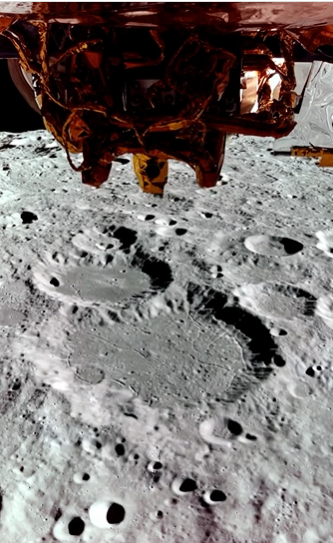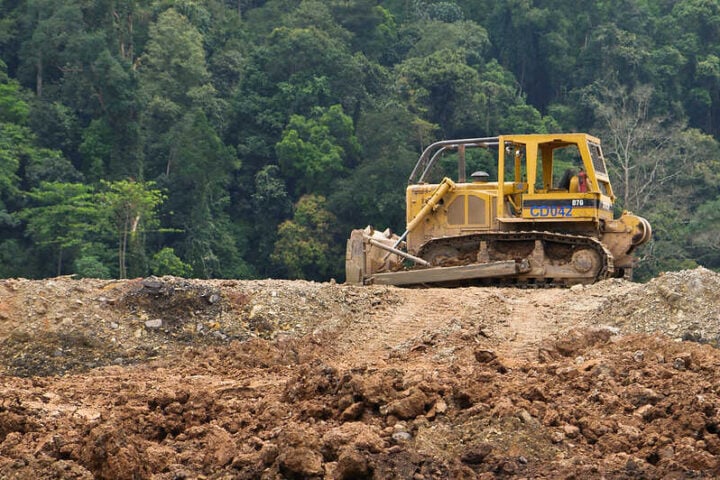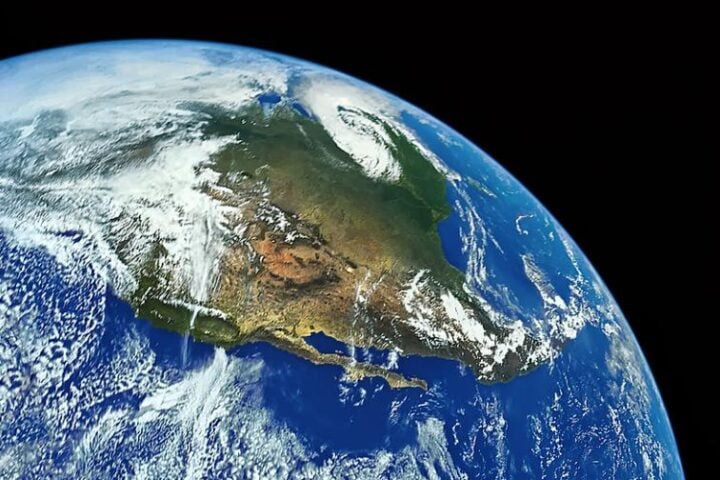The Blue Ghost lunar lander has shared breathtaking new images of the moon’s surface as it prepares for its historic landing attempt on March 2, 2025. The spacecraft, operated by Texas-based Firefly Aerospace, has been orbiting the moon since February 13 after launching from Earth on January 15.
The newly released footage shows detailed views of the moon’s far side—an area not visible from Earth—captured from approximately 120 kilometers (74.6 miles) above the lunar surface. The images reveal a landscape dotted with impact craters, while also capturing the remarkable sight of Earth rising and setting behind the moon.
“The latest Moon footage captured by Firefly’s Blue Ghost lunar lander is completely surreal,” said Joseph Marlin, deputy chief engineer for Blue Ghost. “Seeing the real-life footage of the Moon’s craters and boulders from our very own spacecraft is such an inspiration, and really hits home how close we are to our final destination.”
Blue Ghost completed its third and final engine burn on Sunday night, positioning it for its descent to the lunar surface. The landing site is near Mons Latreille, a volcanic feature within Mare Crisium—a 300-mile-wide basin on the moon’s near side. This region is believed to have formed through volcanic eruptions over 3 billion years ago.
Similar Posts
The lander carries 10 NASA scientific instruments as part of the space agency’s Commercial Lunar Payload Services (CLPS) initiative, which supports NASA’s broader Artemis program aimed at returning astronauts to the lunar surface. These instruments will operate for approximately 14 Earth days, collecting data on lunar dust, surface composition, and other environmental factors.
Among the key instruments are the Lunar Environment heliospheric X-ray Imager (LEXI), which will study interactions between solar wind and the lunar environment, and the Lunar GNSS Receiver Experiment (LuGRE), designed to test navigation systems on the moon.
If successful in its landing, Blue Ghost will also capture a solar eclipse on March 14, when Earth will block the sun from the moon’s perspective for about five hours. The mission team hopes to document the lunar sunset on March 16 and potentially verify the dust levitation phenomenon—when lunar dust appears to hover above the surface—first noted by Apollo astronauts.
The public can watch the landing attempt live on NASA+ and Firefly’s YouTube channel, with coverage beginning at 2:30 a.m. EST on March 2, approximately 75 minutes before the scheduled touchdown.
Blue Ghost’s mission comes as NASA prepares for the return of human missions to the moon under the Artemis program. The agency views these robotic deliveries as crucial steps in understanding the lunar environment before astronauts return to the surface, potentially as early as 2027.
This mission represents one of the largest deliveries of scientific instruments to the lunar surface under NASA’s CLPS program and will provide valuable data for future exploration efforts, including potential human missions to Mars.

















